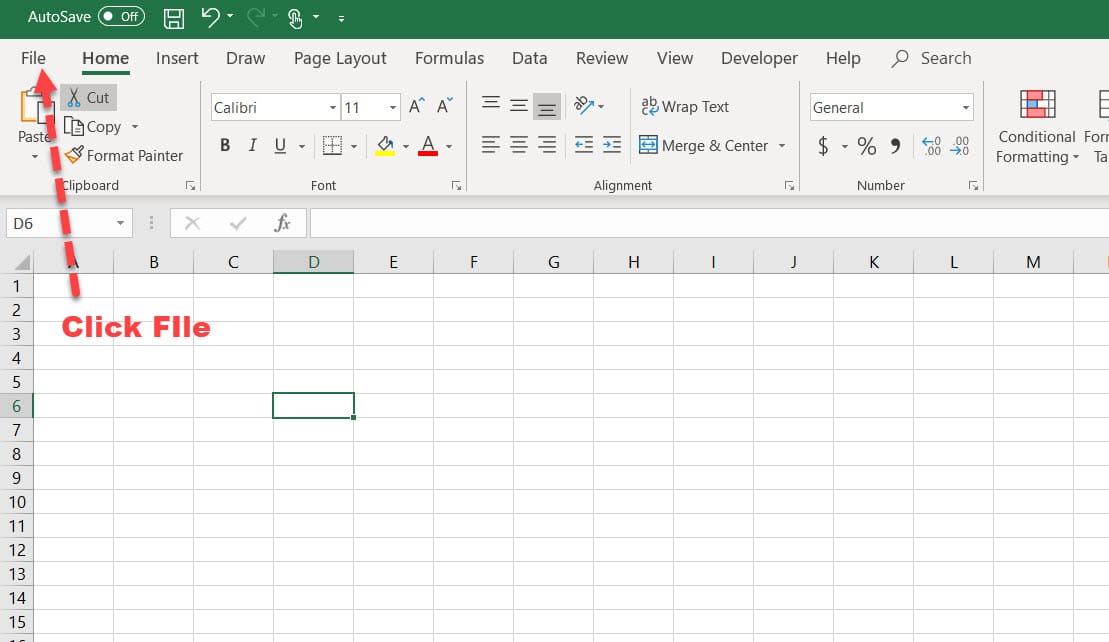3 Simple Steps to Password-Protect Your Excel Sheet

Why Password-Protect Your Excel Sheets?

Microsoft Excel is a versatile tool used across various industries for data analysis, financial management, project planning, and much more. However, the sensitive nature of the data often handled in these spreadsheets necessitates strong security measures. Password-protecting your Excel sheets is one of the fundamental steps to ensure your data's privacy and integrity. Here are some compelling reasons why you might want to secure your Excel sheets with passwords:
- Protect Sensitive Information: Whether it's financial data, personal information, or strategic business plans, keeping this information secure from unauthorized eyes is crucial.
- Prevent Accidental Modifications: Passwords can help prevent inadvertent changes that could corrupt data or lead to erroneous analysis.
- Compliance with Regulations: Many industries have compliance requirements for data protection, and password protection can be a part of fulfilling these standards.
- Maintain Data Integrity: By restricting access, you ensure that the data remains consistent and reliable for reporting and decision-making.
Now, let's dive into the simple steps to password-protect your Excel sheets.
Step 1: Access the Protection Settings

To begin securing your Excel document:
- Open your Excel workbook.
- Navigate to the File tab at the top left corner of the screen.
- Click on Info in the left-hand pane.
- Select Protect Workbook and choose Encrypt with Password... from the dropdown menu.
An Encrypt Document dialog box will appear, where you'll enter your password. Here's what you should keep in mind:
- Choose a password that is strong, combining upper and lower case letters, numbers, and symbols.
- Remember your password or keep it in a secure place, as forgetting it can lead to permanent loss of access to the file.
🔐 Note: Excel passwords cannot be retrieved if forgotten. Always back up your workbook or ensure you have access to alternative files.
Step 2: Set the Password

Once the Encrypt Document dialog is open:
- Enter your chosen password in the Password field.
- Click OK.
- Re-enter the password in the confirmation dialog box that appears to confirm your password.
- Click OK again.
Excel will now encrypt the file with the password you've set. Here are some additional security considerations:
- Make sure to save the workbook after setting the password, as it will not apply until you do so.
- Use different passwords for different sheets or workbooks if you need to distribute different levels of access.
📚 Note: Password protection in Excel does not offer encryption for data in transit or cloud storage. Use other security measures like VPNs or cloud storage with built-in encryption for enhanced security.
Step 3: Share and Use Your Protected Excel Sheet

After password-protecting your Excel file:
- To open the file, users will be prompted to enter the password.
- Make sure to communicate the password securely to those who need access.
- If you want to remove the password or change it, you can access the same protection settings under Info > Protect Workbook > Encrypt with Password... and enter a new password or leave the password field blank to remove protection.
Here’s a quick overview of how to manage your protected sheets:
| Action | Description |
|---|---|
| Open | Users must enter the password to open the workbook. |
| Change Password | Access protection settings to change or remove the password. |
| Share | Securely share the password through encrypted channels. |

Protecting your Excel sheets with a password isn't just about securing data; it's also about setting clear boundaries for data usage and ensuring compliance with security protocols. Here’s how to wrap up:
By following these three simple steps, you've not only safeguarded your sensitive information but also ensured that your data remains trustworthy and unmodified by unauthorized users. Remember that while Excel's password protection is effective for basic security, consider using additional tools or services for more comprehensive protection, especially if dealing with highly sensitive data.
What happens if I forget the password for my Excel sheet?

+
If you forget your Excel sheet password, Microsoft does not provide a way to retrieve it. You would either need to break the password using external tools (which may require paid services), or you risk losing access to your data permanently. This underscores the importance of securely storing passwords.
Can password protection prevent all unauthorized access?

+
No, password protection in Excel primarily deters casual unauthorized access. Professional hackers with the right tools and time can potentially bypass this security. For enhanced security, use additional encryption methods or software.
How can I set different passwords for different sheets within the same workbook?

+
To set different passwords for different sheets, you need to individually protect each sheet. Go to Review > Protect Sheet for each sheet you want to protect. Here, you can set unique passwords for each sheet within the same workbook.